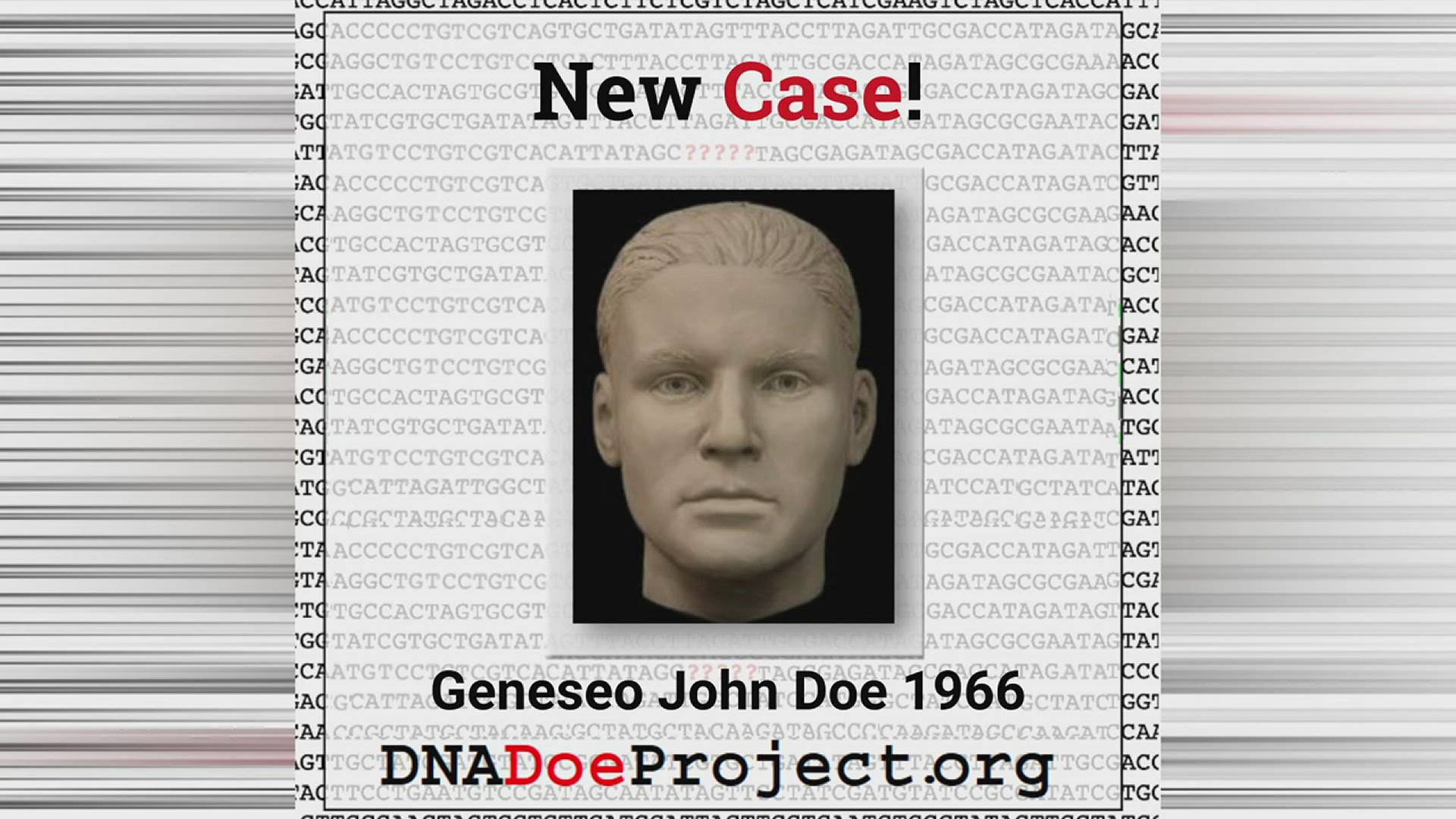GENESEO, Ill — Investigators in Henry County, Illinois are asking for the public's assistance in a 1960s cold case involving a young man whose skeletal remains were discovered in a creek near Geneseo.
The case dates back to Oct. 27, 1966, when a local postman and trapper discovered a human skull near Cat Creek, southeast of Geneseo.
The FBI determined that the skull belonged to a man who had died one to five years earlier from a bullet hole at the base of the skull. Investigators found additional skeletal remains in the area.
An analysis of the man's bones determined his age to be between 16-30 and his height between 5’5” and 5’10”.
This renewed effort to identify the man is being driven in conjunction with the DNA Doe Project. The non-profit organization helps law enforcement agencies fund cold case investigations, working with volunteers and donations from the public to identify human remains.
According to the organization, the case requires funding to help cover the costs of lab work and the operations of its volunteer team of investigative genetic genealogists. Donations are tax-deductible to the extent allowed by law.
The Henry County Sheriff's Office is asking for the public's help in identifying the man by submitting a DNA sample. In a Facebook post, the Henry County Sheriff's Office says in part:
Traditional eyewitness testimony has long been an important part of law enforcement investigations and now your DNA can help too. DNA can act as a molecular eyewitness, providing the approximate age, hair color, eye color, or skin tone of a person of interest. DNA also helps identify people through distant family connections. In a process known as genetic genealogy, family trees can be constructed from sections of DNA passed down from generation to generation.
Genetic genealogy has allowed families to connect, adoptees to identify birth parents, and foundlings to discover their identities. Now it is being used by investigators to make identifications when all other methods have failed.

